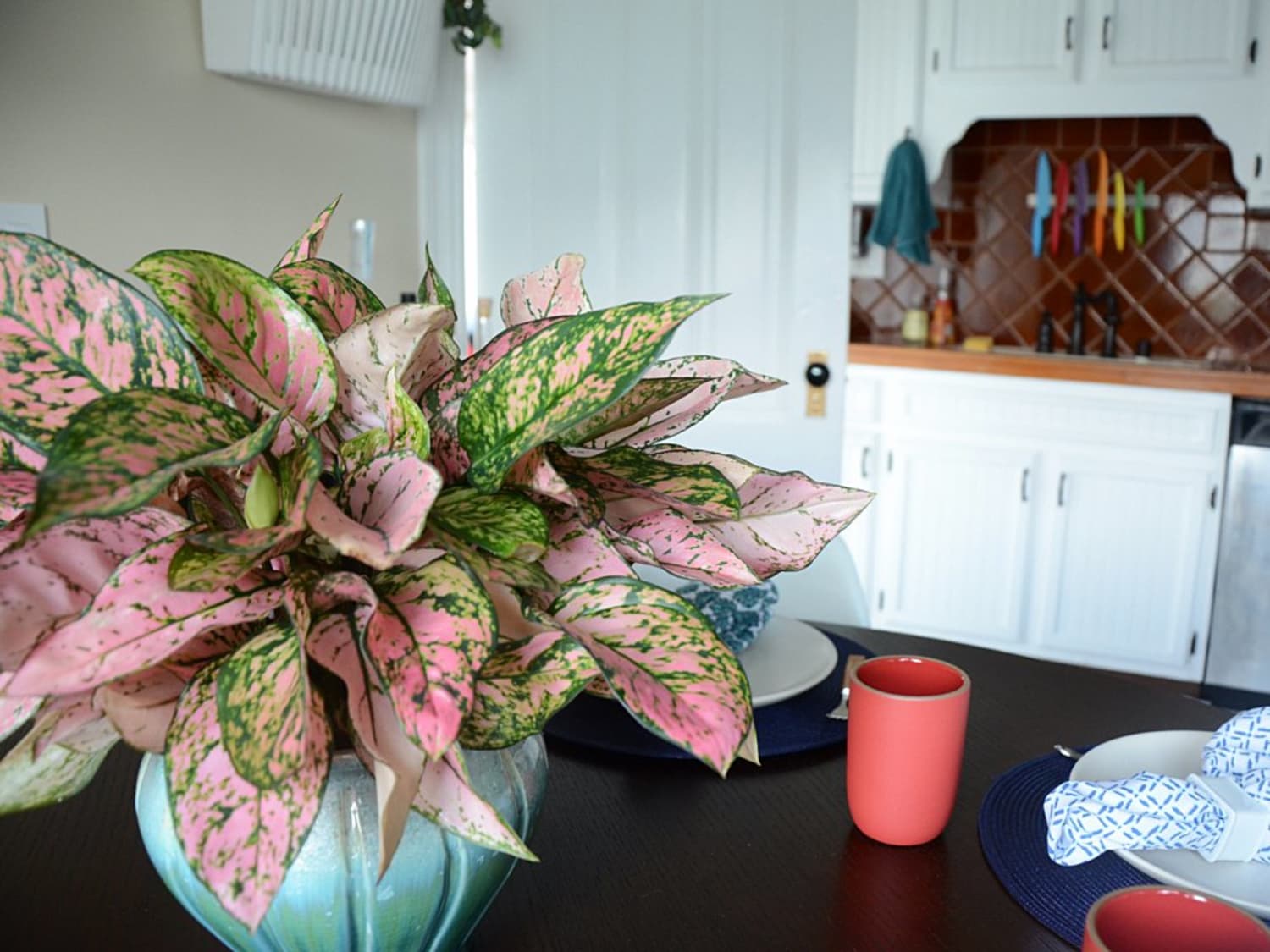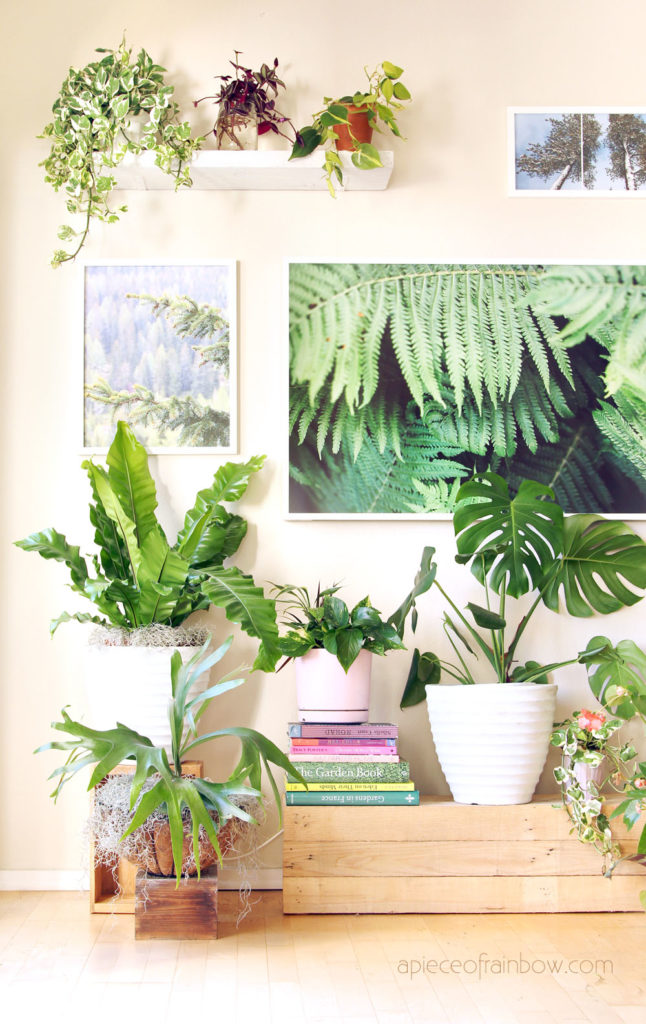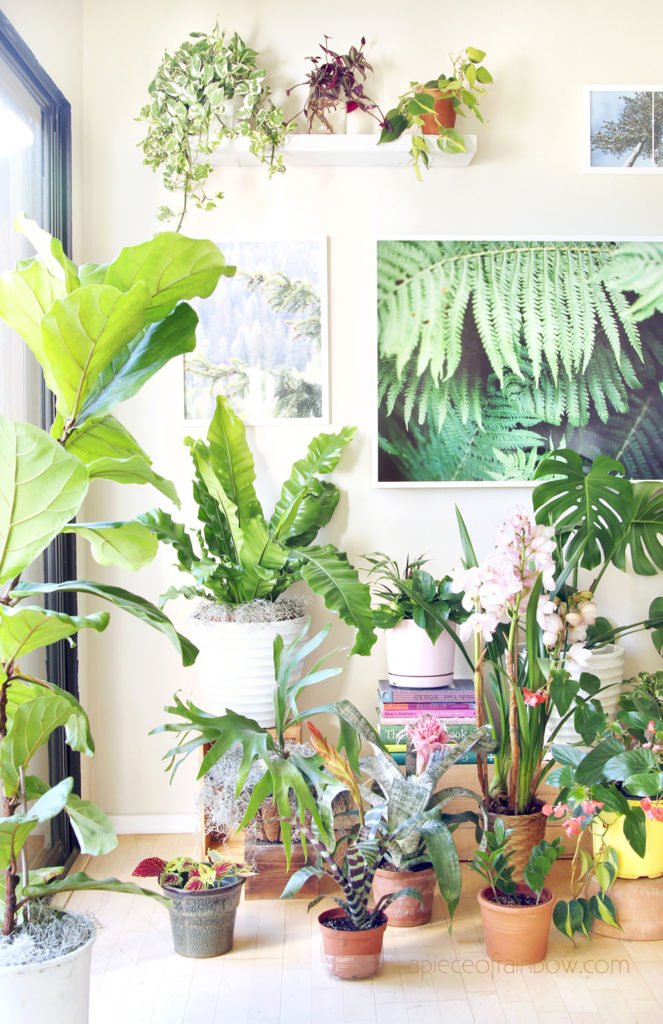Brighten your home with colorful indoor flowers. These blooms add life and vibrancy.
Indoor flowers come in many hues, transforming any space into a lively haven. From deep reds to sunny yellows, these plants not only beautify but also uplift spirits. Flowers can make a house feel like a home. They create a welcoming atmosphere with their stunning colors and delightful scents.
Whether you have a green thumb or are just starting, there’s a perfect indoor flower for you. Dive into the world of vibrant indoor blooms. Discover how these colorful flowers can enhance your living space and bring nature’s beauty inside. Ready to add a splash of color to your home? Let’s explore the most colorful indoor flowers!
African Violet
African Violets are one of the most colorful indoor flowers. Their vibrant hues range from deep purple to bright pink. These flowers are perfect for adding a splash of color to any room. They are also small enough to fit on a windowsill or desk. With the right care, African Violets can bloom all year round.
Care Instructions
Water African Violets from the bottom to avoid wetting the leaves. Use lukewarm water and let the soil absorb it for about 30 minutes. Remove any excess water after this time. Fertilize every two weeks with a balanced, water-soluble fertilizer. Avoid using cold water, which can cause spots on the leaves. Regularly remove dead flowers and leaves to encourage new growth.
Ideal Growing Conditions
African Violets thrive in bright, indirect light. Place them near a north or east-facing window. They prefer temperatures between 65-75°F. Keep humidity levels around 50%. Use a well-draining soil mix made for African Violets. Repot them every 6-12 months to refresh the soil and provide more room for growth.

Begonia
Begonia is a popular choice for indoor gardening enthusiasts. These vibrant flowers brighten up any space with their stunning colors and unique foliage. With proper care, Begonia can thrive indoors, adding a touch of nature to your home environment.
Varieties Of Begonia
There are several varieties of Begonia to choose from, each offering unique characteristics. Some of the most common types include:
- Wax Begonia – Known for its glossy leaves and small, colorful flowers.
- Tuberous Begonia – Features large, showy blooms in a variety of colors.
- Rex Begonia – Valued for its striking foliage with bold patterns and colors.
- Angel Wing Begonia – Named for its wing-shaped leaves, often with silver spots.
Watering And Light Needs
Proper watering and light are crucial for Begonia care. Here are some guidelines:
| Aspect | Details |
|---|---|
| Watering | Water when the top inch of soil feels dry. Avoid overwatering to prevent root rot. |
| Light | Place in bright, indirect light. Direct sunlight can scorch the leaves. |
By following these simple tips, your Begonia will thrive and continue to bring color and joy to your indoor space.
Orchid
Orchids are among the most colorful indoor flowers. They stand out with their exotic and elegant appearance. These blooms can brighten any space with their vibrant hues and intricate patterns. Orchids are not only visually appealing but also relatively easy to care for, making them a popular choice for indoor gardening.
Popular Orchid Types
There are many types of orchids, each unique in its beauty. The Phalaenopsis, or Moth Orchid, is the most common type. It has broad, flat petals and comes in many colors. The Cattleya Orchid is known for its large, fragrant blooms. It is often used in corsages. The Dendrobium Orchid has slender stems and can produce many flowers. Lastly, the Vanda Orchid has striking, bright colors and is often seen in tropical climates.
Maintaining Healthy Orchids
Keeping orchids healthy requires some attention. First, they need the right amount of light. Place them near a window with indirect sunlight. Too much direct light can burn their leaves. Watering is also crucial. Orchids do not like to sit in water. Let the soil dry out between waterings. Humidity is important for these flowers. A humidity tray or regular misting can help.
Fertilizing orchids can promote growth. Use a balanced orchid fertilizer every two weeks. Pruning dead or yellow leaves keeps the plant healthy. Repotting every one to two years helps orchids thrive. Use a well-draining potting mix designed for orchids. With proper care, orchids can bloom beautifully and last for many years.
Anthurium
One of the most colorful indoor flowers is the Anthurium. Known for its bright and exotic appearance, it adds a touch of elegance to any room. This tropical plant’s vibrant colors and unique shape make it a popular choice for indoor gardening enthusiasts.
Unique Features
Anthurium flowers come in a variety of colors, including red, pink, white, and purple. Their glossy, heart-shaped leaves add to their striking look. The flowers often last for several weeks, providing long-lasting beauty. Another unique feature is their spadix, a tail-like structure, surrounded by the colorful spathe.
Optimal Care Tips
Anthurium thrives in bright, indirect light. Direct sunlight can scorch its leaves. Water the plant regularly, but ensure the soil is well-drained. Overwatering can lead to root rot. Use a humidifier or mist the leaves to maintain humidity. Feed with a balanced fertilizer every six to eight weeks. Keep the plant in temperatures between 65-80°F for optimal growth. Prune dead leaves and spent flowers to encourage new growth.
Kalanchoe
Kalanchoe, known for its vibrant colors, is a popular indoor plant. It features thick, succulent leaves and clusters of small, bright flowers. This plant adds a splash of color to any room. The Kalanchoe blooms in a variety of shades, including red, pink, yellow, and white.
Flowering Patterns
Kalanchoe flowers typically bloom in late winter and early spring. Each bloom lasts several weeks, providing long-lasting beauty. The plant produces multiple clusters of flowers, creating a dense, colorful display. Deadheading spent blooms encourages new growth and more flowers.
Maintenance Requirements
Kalanchoe is low-maintenance and perfect for beginners. It thrives in bright, indirect light but tolerates lower light. Water the plant thoroughly, then let the soil dry out before watering again. Overwatering can cause root rot. Use well-draining soil to prevent this issue. Fertilize once a month during the growing season for best results.
Keep the plant at room temperature, between 60-85°F (15-29°C). Prune back leggy growth to maintain a compact shape. This plant is non-toxic to pets, making it a safe choice for households with animals.
:strip_icc()/calamondin-orange-fdf10c07-b6b133559b694c3c9a8b9073ec164389.jpg)
Gloxinia
Gloxinia, known for its vibrant and eye-catching flowers, is a favorite among indoor plant enthusiasts. These stunning blooms can add a splash of color to any indoor space. Originating from Brazil, Gloxinia plants are part of the Gesneriaceae family. They feature velvety, bell-shaped flowers in various shades including reds, purples, and pinks. Their lush, green leaves complement the vivid flowers beautifully. Gloxinia plants are relatively easy to care for, making them a great choice for both novice and experienced gardeners.
Blooming Season
Gloxinia plants typically bloom in late winter to early spring. Their flowers can last up to two months with proper care. To encourage blooming, ensure they receive plenty of indirect sunlight. Placing them near a north or east-facing window often works best. During the blooming season, maintaining a consistent temperature between 60-75°F is crucial. These conditions will help your Gloxinia thrive and produce beautiful blooms.
Proper Care Practices
Proper care is essential for Gloxinia plants to flourish. Start by planting them in well-draining soil to prevent root rot. Water the plant regularly but avoid over-watering. The soil should be kept moist but not soggy. Use lukewarm water and water the plant from the bottom to avoid wetting the leaves.
Gloxinia plants prefer high humidity levels. You can increase humidity by placing a tray of water near the plant or using a humidifier. Fertilize the plant every two weeks during the growing season with a balanced, water-soluble fertilizer. This will provide the necessary nutrients for healthy growth.
Lastly, remove any spent blooms and dead leaves to promote new growth. This practice helps in keeping the plant healthy and encourages more flowers to bloom. With these care practices, your Gloxinia plant will remain vibrant and beautiful.

Conclusion
Colorful indoor flowers bring life and joy to any home. They brighten spaces with vibrant hues. Easy to care for, these flowers suit beginners and experts alike. Choose from orchids, African violets, or begonias. Each offers unique beauty and charm.
Your home can transform with a pop of color. Enjoy the natural beauty indoors year-round. Enhance your living space effortlessly. Gardening inside has never been so rewarding. Start your indoor garden today. Enjoy the vibrant colors and happier living spaces.





